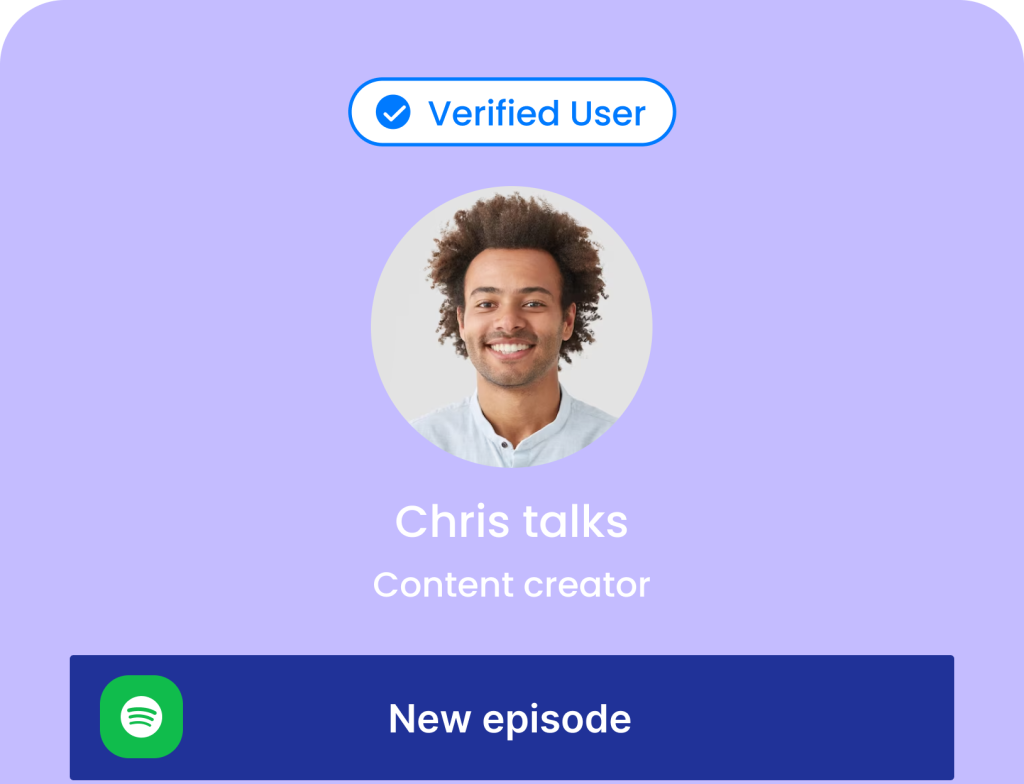Short-form video content has taken the internet by storm, with its ability to captivate millions of users across platforms. With fast, engaging, and easy-to-digest clips, creators are increasingly turning to formats that allow them to connect with audiences in a matter of seconds. This growing demand has seen major content sharing platforms like YouTube and Instagram introduce features to allow for these content formats.
Today, YouTube Shorts and Instagram Reels, offer ways for users to create and share bite-sized videos are two of the most notable. While both platforms are designed for quick, fun videos, they have their own features and advantages. In this comparison, we’ll show you how YouTube Shorts vs Instagram Reels stack up against each other, helping creators, businesses, and influencers decide which platform suits their goals best.
YouTube Shorts vs Instagram Reels: Major Differences
Although YouTube Shorts vs Instagram Reels are hosted on different platforms, both share a number of similarities. To get your content running on both platforms, videos have to meet the following requirements:
- Aspect Ratio: 9:16 (vertical format).
- Resolution: 1920×1080 pixels for clear, high-quality visuals.
- File Format: Both support MOV and MP4 files.
- Orientation: Keep your videos in portrait mode for the best fit on mobile screens.
Now that you know a few features that are similar to both Reels and Shorts, here are some of the major difference to be aware of:
1. Editing tools
Instagram Reels and YouTube Shorts both provide creators with useful editing tools to enhance their videos. Instagram Reels allows users to add stickers, run polls, and tag people, while also offering features like AR effects, timers, and alignment tools. YouTube Shorts, though simpler, includes essential tools such as multi-segment camera options, speed controls, and a timer for easier video creation.
2. Video length
Video length is a key factor in short-form content. YouTube Shorts are capped at 60 seconds, while Instagram Reels can go up to 90 seconds. Though the difference may seem small, the extra time on Reels can allow for slightly more detailed content, which may influence viewer engagement and retention.
3. Unique features
YouTube Shorts’ primary advantage is that it’s hosted on YouTube, the largest video platform worldwide, providing creators access to a massive audience. In contrast, Instagram Reels benefits from being part of the Meta ecosystem, making it easy to share content with both Instagram and Facebook users, expanding the potential reach.
4. Demographics
Both platforms have a significant user base between the ages of 18 and 34, but YouTube tends to attract more people aged 25 to 34, while Instagram sees more users in the 18 to 24 range. This makes Instagram a better option for brands targeting younger audiences. In terms of gender, Instagram has a fairly even split between male and female users, whereas YouTube leans more male.
5. Algorithm
Both platforms use algorithms to recommend content based on user preferences, but they work differently. YouTube prioritizes creators with an existing fan base and uses hashtags to boost discoverability. Instagram’s algorithm shows content based on user activity but faces more competition, as personal and business accounts are mixed in the feed, making it harder to stand out.
6. Creator goals
When choosing between Instagram Reels and YouTube Shorts, it’s important to consider your goal. Instagram is more suited for casual, spontaneous, or entertaining content. YouTube, on the other hand, is ideal for educational and instructional videos, as people tend to visit YouTube to learn or search for specific information.
7. Monetization
YouTube leads the way in terms of monetization, offering creators ad revenue for views on Shorts, although it’s less profitable than long-form videos. Instagram Reels has fewer direct monetization options, with creators earning mainly through product placements and Instagram’s shopping features.
8. On-platform creation
YouTube Shorts has a “create a short” feature that allows users to trim content from longer videos, although the resolution may suffer. Instagram Reels has the advantage of allowing users to create videos using pictures, offering a template feature for slideshow-like Reels.
9. Advertising
Both platforms offer strong advertising opportunities. Instagram Reels allows for ads across Stories, posts, and within the Reels feed, making it a versatile choice for ad campaigns. YouTube Shorts integrates with YouTube’s existing ad system, giving advertisers access to pre-roll ads and a wider audience via YouTube’s search and discovery features.
10. Analytics
Analytics are essential for tracking content performance. Instagram Reels provides insights through Instagram’s analytics platform, which includes data on reach, impressions, likes, and comments. YouTube Shorts offers more detailed metrics, such as views, watch time, and audience retention, allowing creators to compare short-form content with their longer videos.
Are YouTube Shorts better than Instagram Reels?
Whether YouTube Shorts or Instagram Reels is better depends on a creator’s goals, audience, and content style. For creators, the key is to think about where their audience spends their time. If most of your followers are on YouTube, then Shorts might be the best place to focus. On the other hand, if your audience is active on Instagram, it makes more sense to prioritize Reels.
Creators with large followings on one platform should first post their content there before gradually expanding to the other. In the end, the best strategy depends on your personal preferences and how each platform fits into your overall content strategy. It’s often wise to focus on growing one platform first, then slowly build your presence on the other.
How creators can use both platforms strategically
Both YouTube Shorts and Instagram Reels can be beneficial to a creator’s goal if harnessed harmoniously. This is because both platforms can complement one another if done properly.
For creators willing to combine both, here are a few ways you can do that without overworking yourself:
1. Cross-promote content
Creators can maximize their reach by sharing the same video on both platforms. Since YouTube Shorts and Instagram Reels have similar video specs, creators can easily upload content across both, allowing them to tap into different audiences without creating entirely new content. This strategy saves time and expands visibility across platforms.
2. Leverage each platform’s strengths
Another way to strategically use both platforms is to take advantage of each platform’s unique features. For example, YouTube Shorts is better for instructional or educational videos, while Instagram Reels is ideal for spontaneous and trendy content. By tailoring content to fit each platform’s audience, creators can better engage viewers and drive more interactions.
3. Utilize platform-specific algorithms
Both platforms use algorithms to push content to viewers, but they operate differently. On YouTube Shorts, creators should focus on building a subscriber base and using relevant hashtags for better reach. For Instagram Reels, they should optimize content with trending music and interactive features like polls to boost engagement.
4. Repurpose long-form content
Creators with longer YouTube videos can repurpose sections for YouTube Shorts and Instagram Reels. By trimming highlights or important points from a long video, creators can give audiences bite-sized versions, driving traffic back to the original content. This helps maintain a consistent presence on both platforms.
5. Experiment with content styles
Creators can use both platforms to experiment with different types of content. Instagram Reels is perfect for more casual, behind-the-scenes clips, while YouTube Shorts can be used for quick tutorials or product demos. Testing various formats will show which content resonates more with followers on each platform.
6. Track performance on both platforms
Using analytics from both YouTube and Instagram, creators can track the performance of their videos and see which platform performs better for their content style. Reviewing metrics like views, watch time, and engagement helps creators refine their content strategy and improve results across both platforms.
In summary
Both YouTube Shorts vs Instagram Reels offer powerful tools for sharing short-form content, each with its own strengths. YouTube Shorts benefits from a larger video-focused platform with better monetization opportunities, while Instagram Reels is ideal for trend-driven, visually engaging content that connects with both Instagram and Facebook users.
Choosing the best platform depends on your audience, content goals, and existing presence. If your target audience is more active on one platform, it’s wise to start there before expanding to the other. Ultimately, creators can test different content styles and strategies on each platform to discover which works best for your needs, maximizing your reach and engagement.







